Pierre Schwartz

Print: 9 x 9 inches
Print: 9 x 9 inches INV Nbr. PS0805012 Kindly.
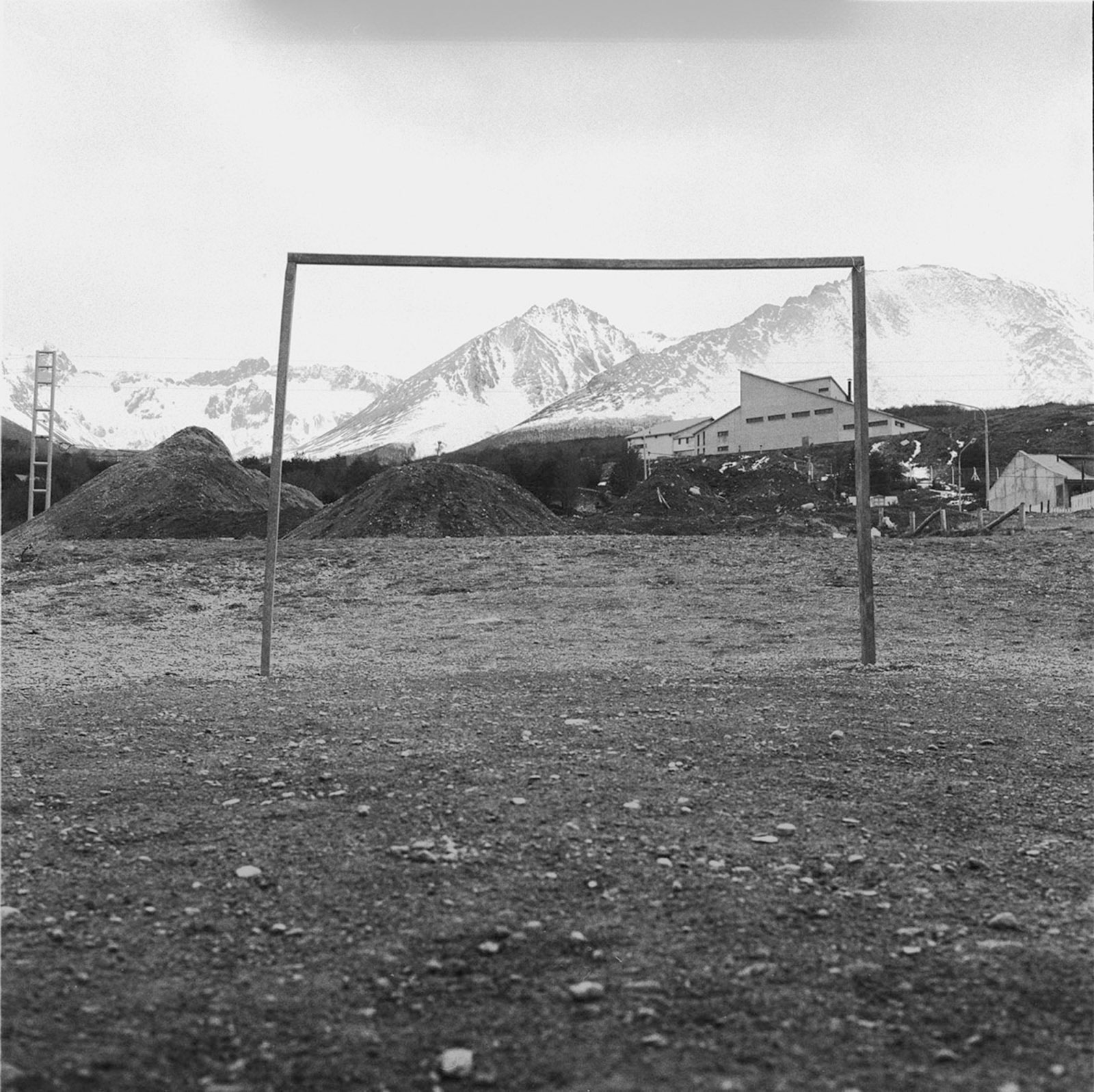
Print: 9 x 9 inches
Print: 9 x 9 inches INV Nbr. PS0805045 Kindly.
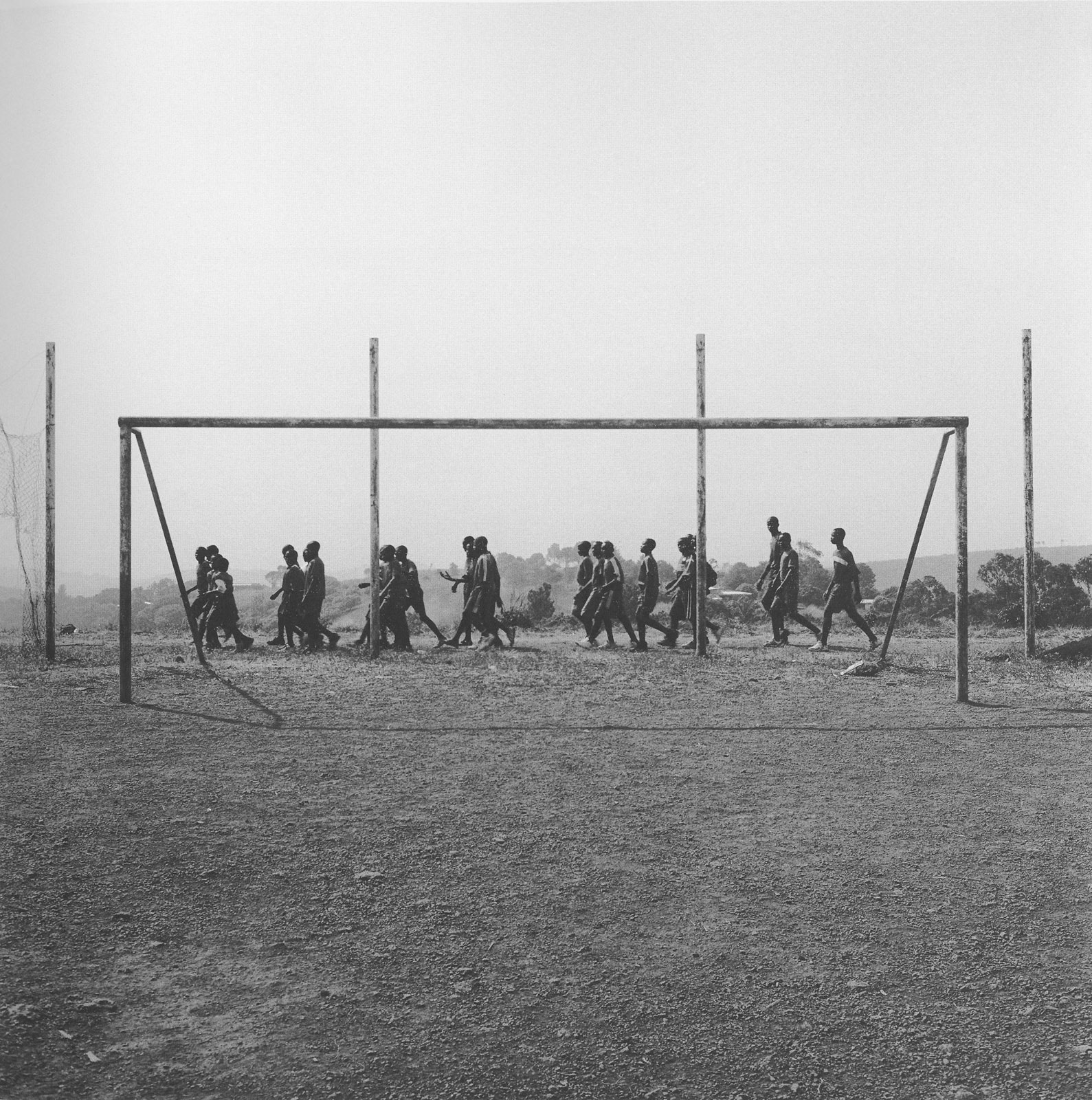
Print: 9 x 9 inches
Print: 9 x 9 inches INV Nbr. PS0805013 Kindly.
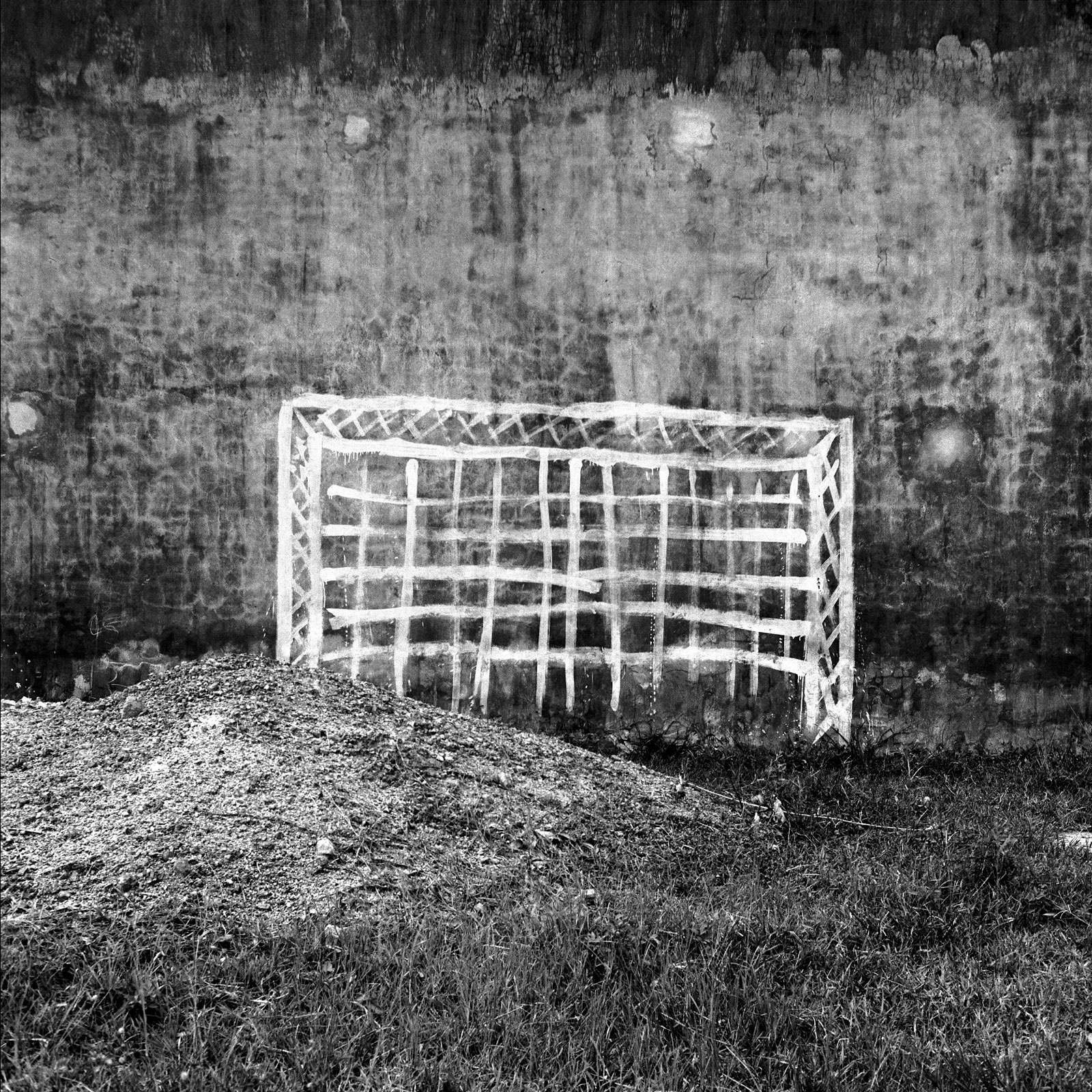
Print: 39 x 39 inches
Print: 39 x 39 inches INV Nbr. PS0805047 Kindly.
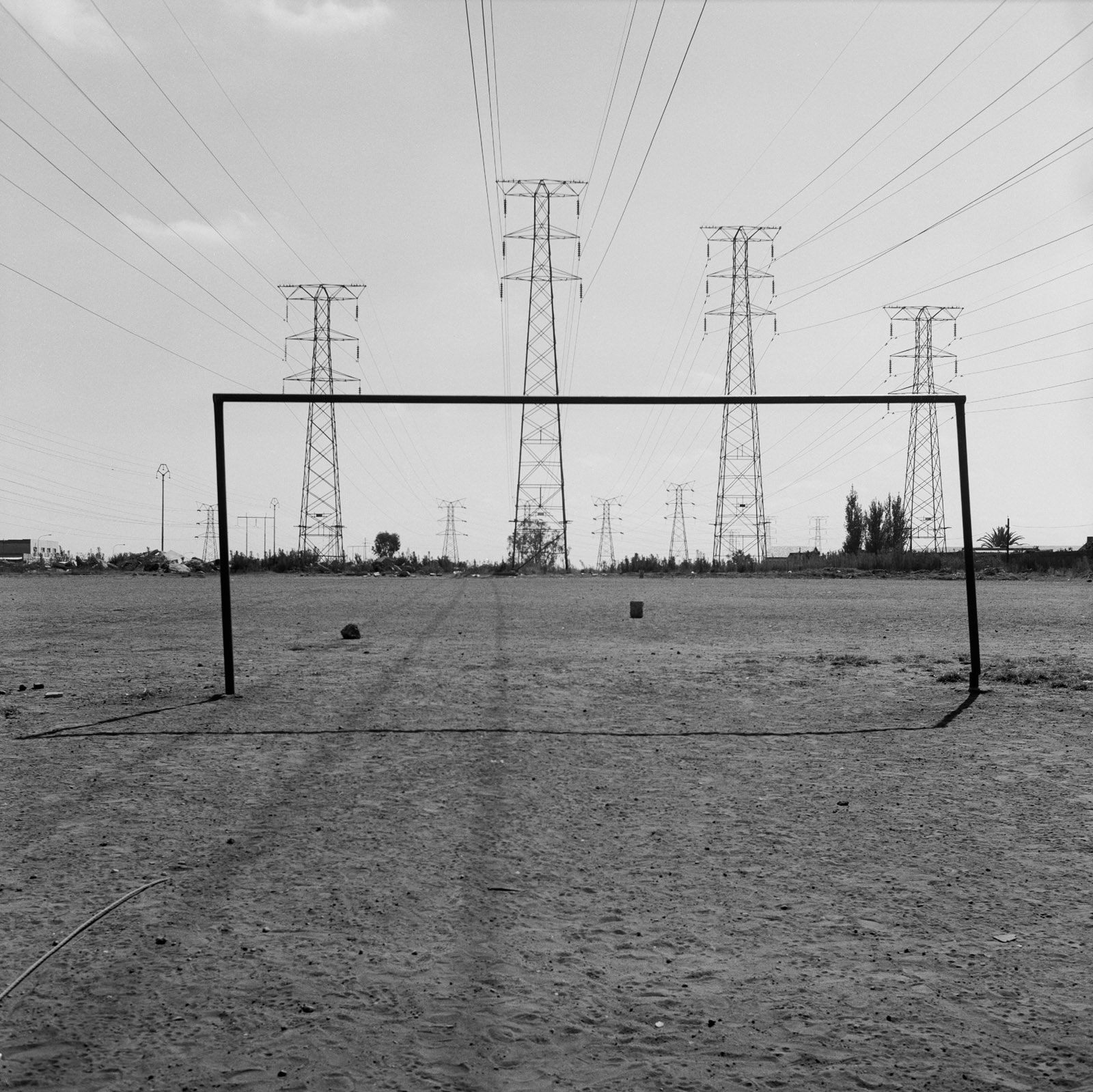
Print: 39 x 39 inches
Print: 39 x 39 inches INV Nbr. PS0805042 Kindly.
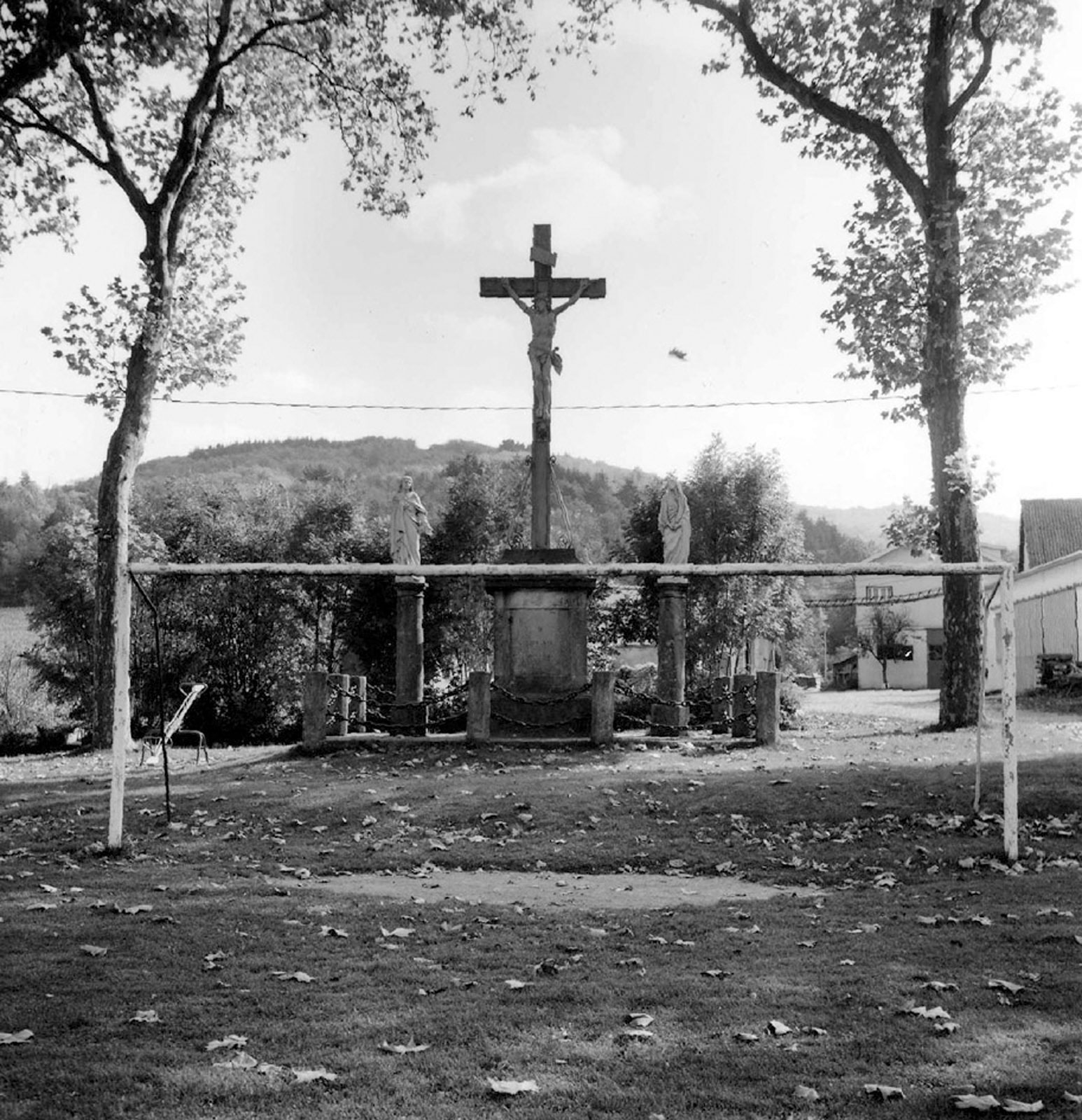
Print: 9 x 9 inches
Print: 9 x 9 inches INV Nbr. PS0805037 Kindly.

Print: 9 x 9 inches
Print: 9 x 9 inches INV Nbr. PS0805002 Kindly.
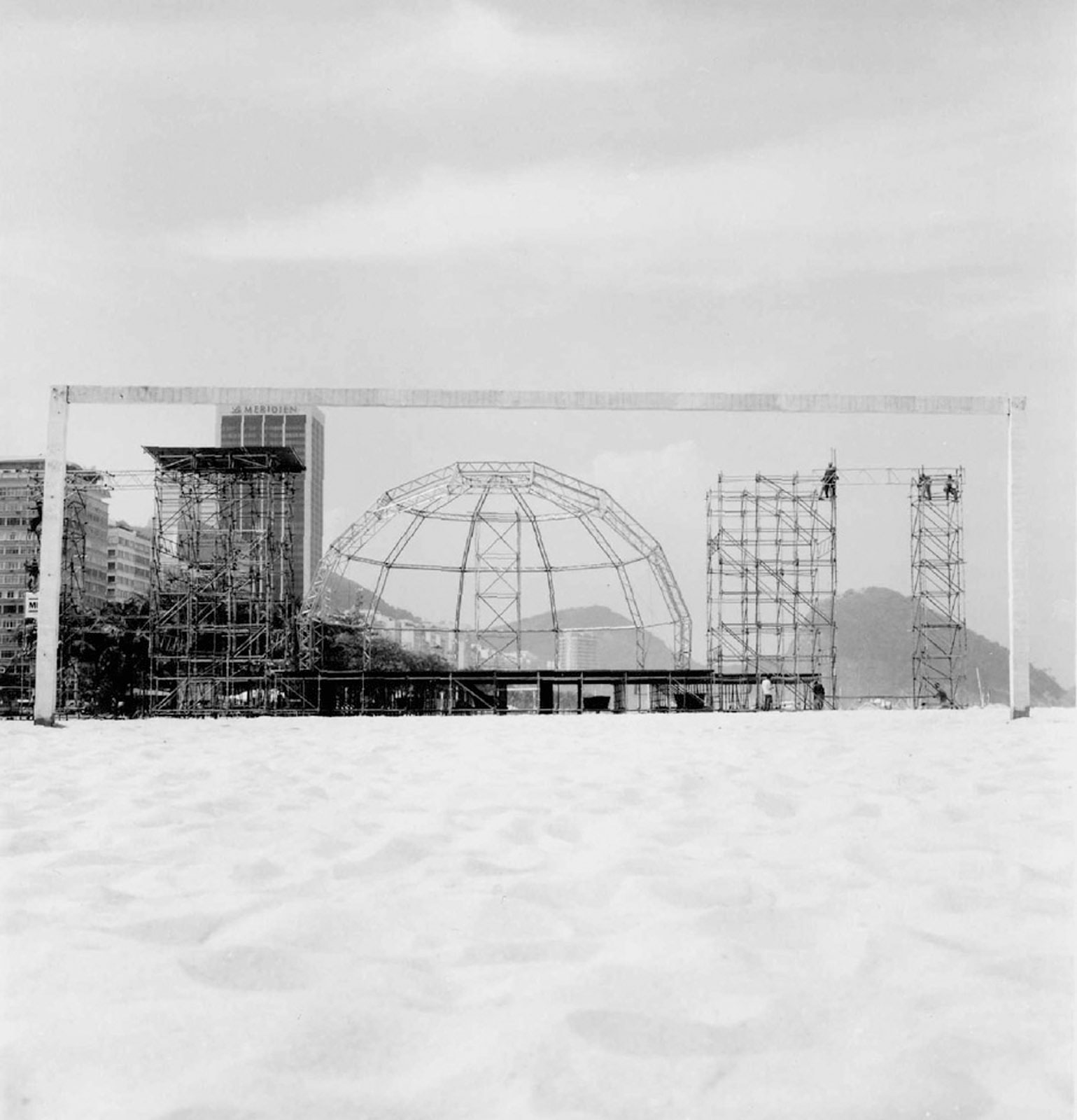
Print: 9 x 9 inches
Print: 9 x 9 inches INV Nbr. PS0805035 Kindly.
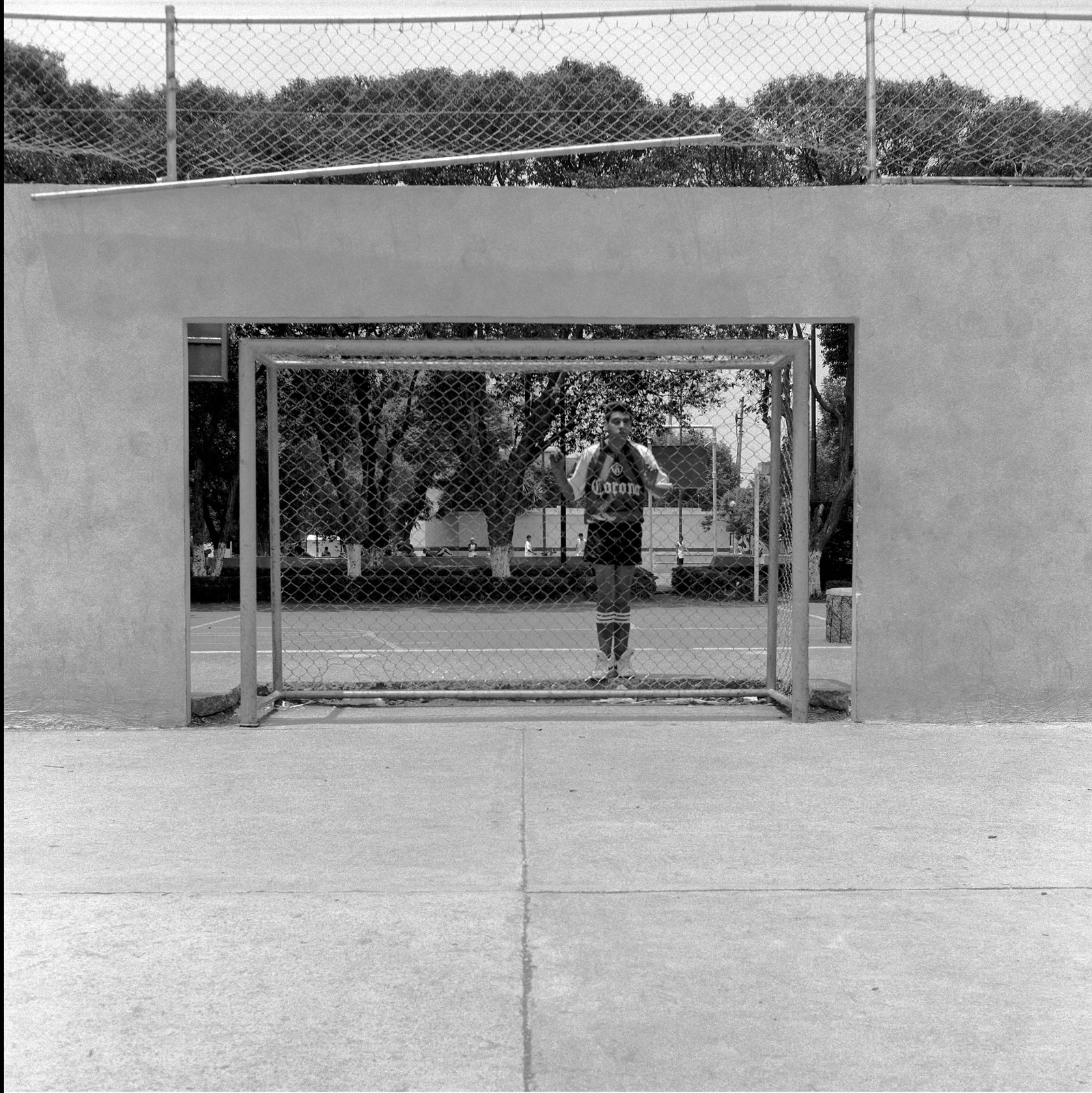
Print: 39 x 39 inches
Print: 39 x 39 inches INV Nbr. PS0805024 Kindly.
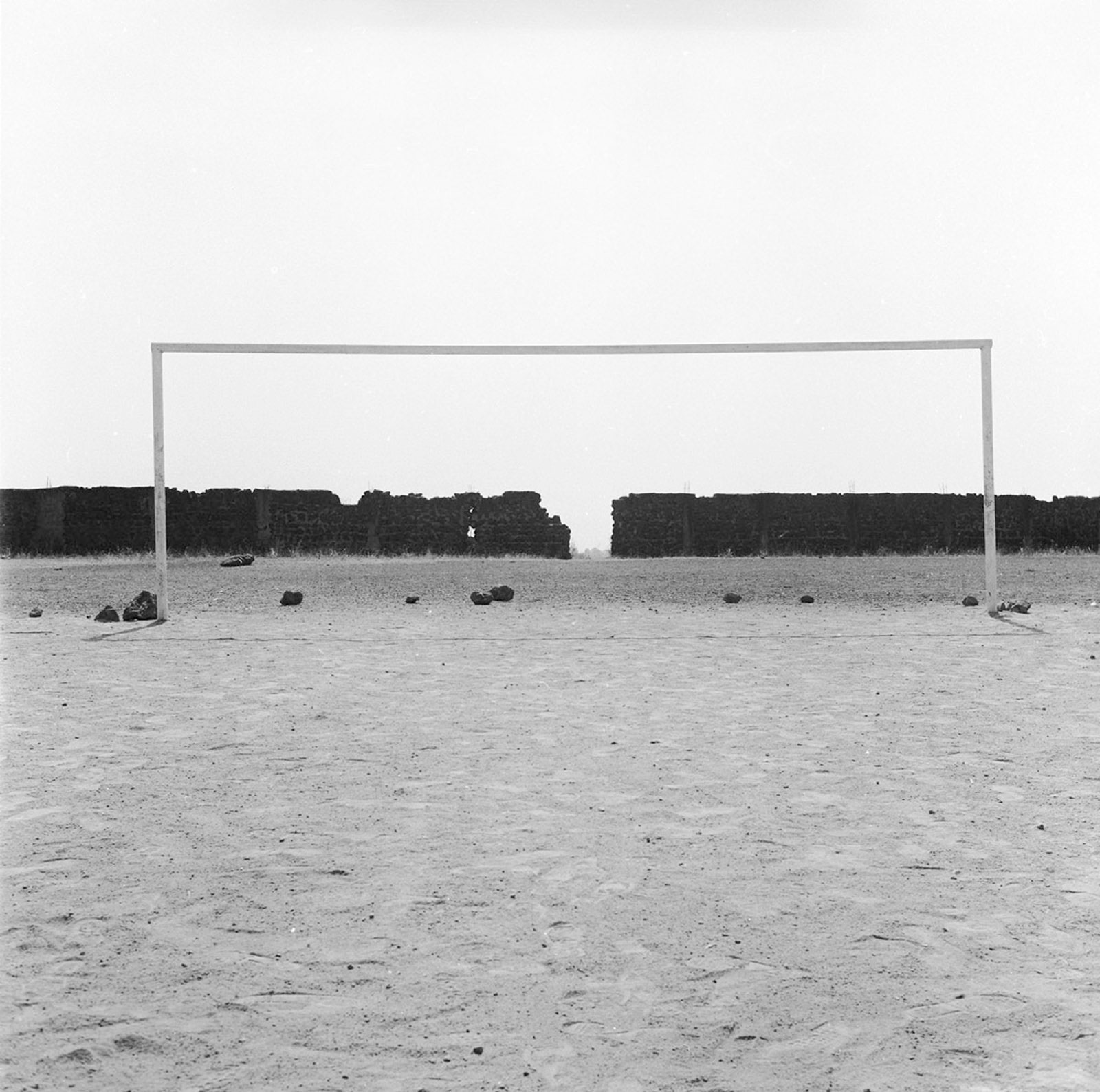
Print: 9 x 9 inches
Print: 9 x 9 inches INV Nbr. PS0805015 Kindly.
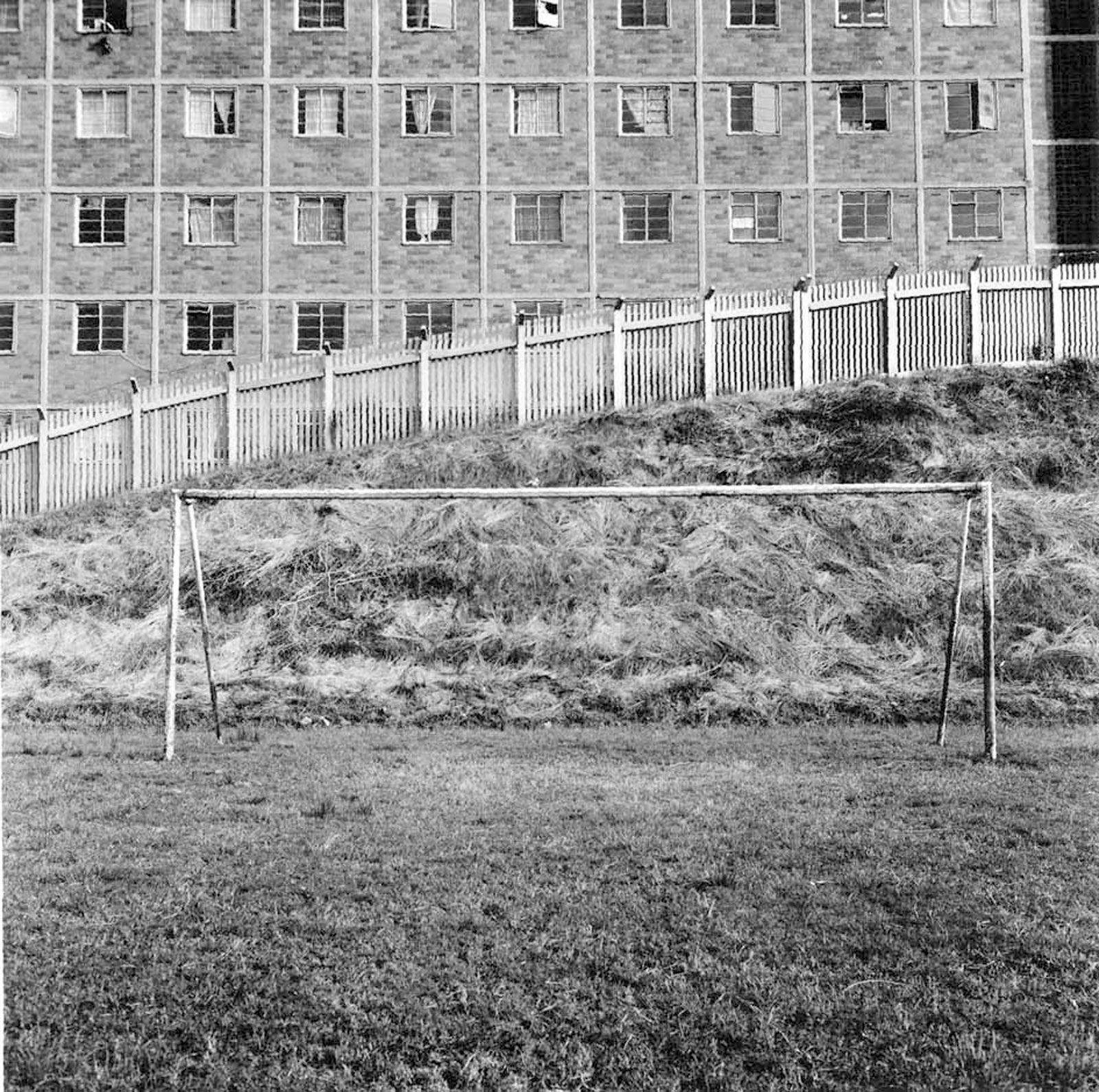
Print: 9 x 9 inches
Print: 9 x 9 inches INV Nbr. PS0805010 Kindly.
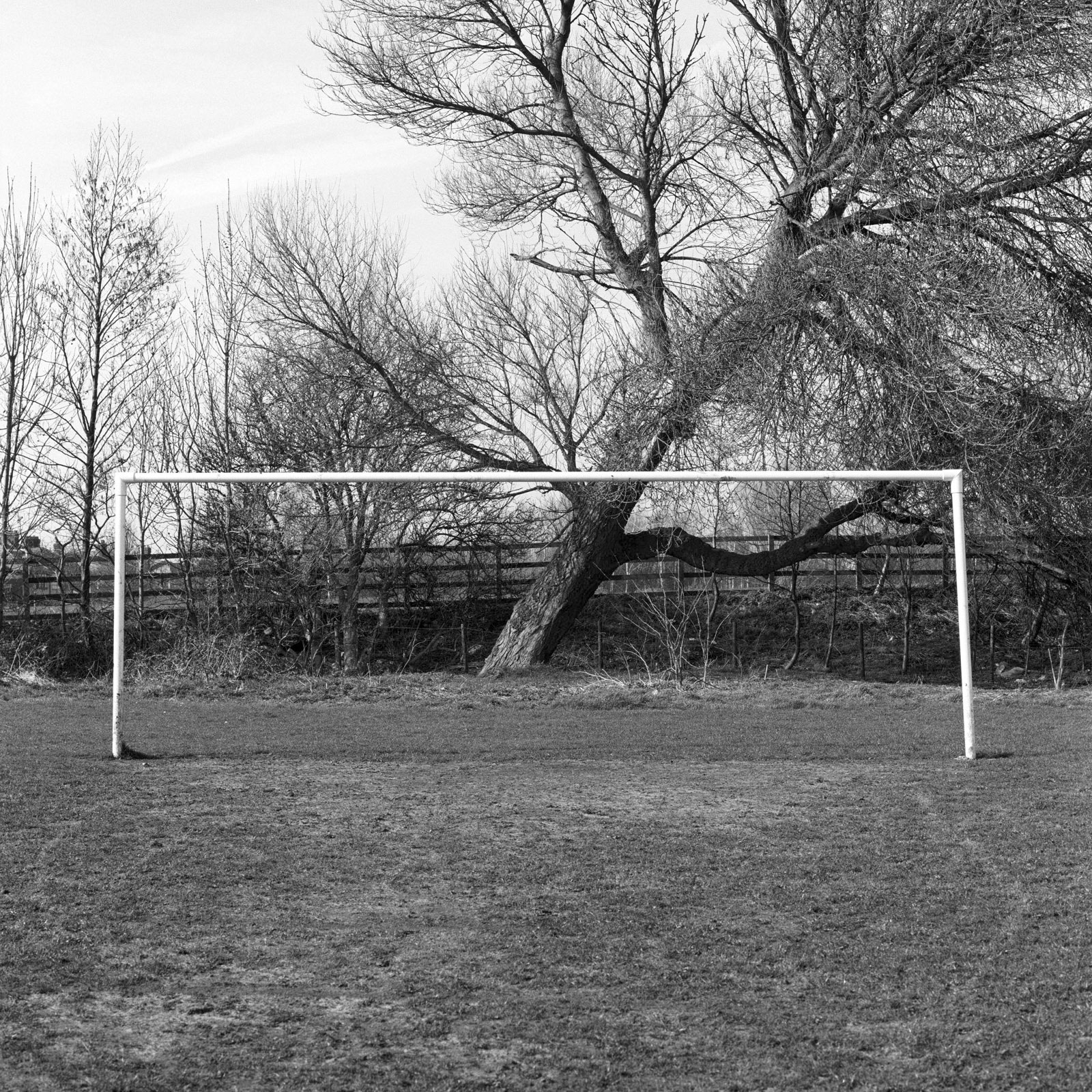
Print: 9 x 9 inches
Print: 9 x 9 inches INV Nbr. PS0805007 Kindly.
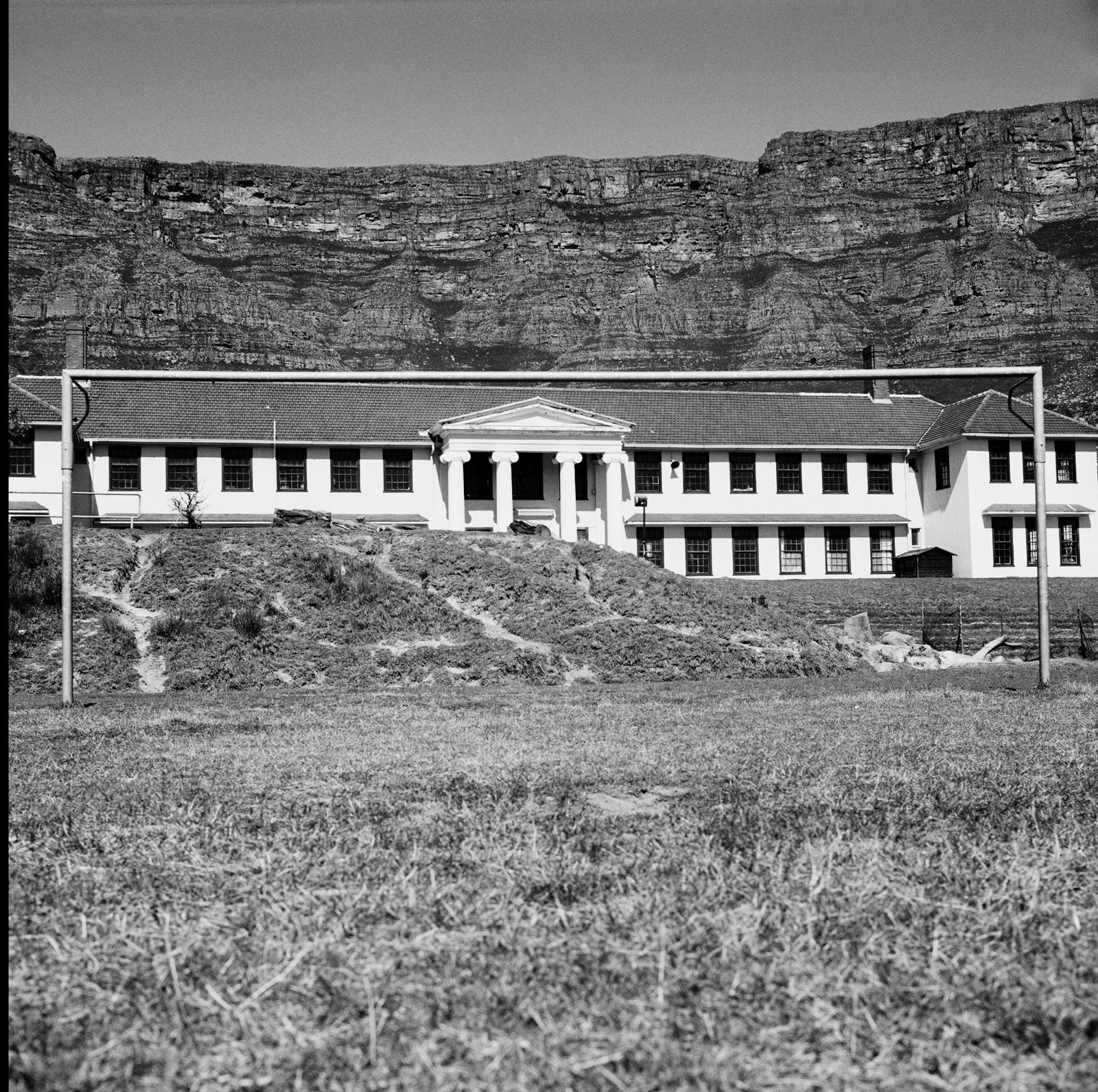
Print: 9 x 9 inches
Print: 9 x 9 inches INV Nbr. PS0805003 Kindly.
Presentation
As a conceptual and visual artist, the work of Pierre Schwartz doesn?t manage to muffle the humanist fiber that governs the carrying out of his project and undoubtedly vibrates a little more over the most humble playing fields, when the goals aren?t all, as in Sarajevo, in Mexico City, or in Istanbul those solid and regulation tubes of metal of standard dimensions of 6m x 2,1m. In Vietnam as in Ghana or in South Africa, the standard follows the possibility of the three sticks assembled in a precarious parallelogram to propose as elsewhere a quality of the game, the energy of the combat and perhaps the beginning of a career ambition. Necessary pause in this long traveling that unfolds without notice the backgrounds of a factory, of empty playing fields, perspectives of pylons and walls of cities, the bush country, the forest, the banks of big rivers bringing their rustic and poetical halftime, as the school bus takes their dreams elsewhere.
Hervé Le Goff, « Cages de gloire », extract
Press
Texts
BUTS
Not so long ago, but more than fifty years for that matter, the local elementary school in a Seine-et-Oise village planned its Christmas cinema program with the final match of the French Cup that had brought together in 1938 the Marseille Olympic team with the Football Club from Metz. The fifteen-year-old copy was scratched with black rain, numerous splicings had reduced its length to little more than an hour, but it had kept for the end the victory of Marseille, which anyway most of the boys already knew. In spite of all that, the projection lifted a wave of shouts of support and insults, as if voting could have changed the unhappy outcome for the Metz players, beaten 2-0. The world was recovering from a second world war but the globalization in which Coca-Cola and Hollywood chewing-gum were showing first sprouts was still far off. All the same something passionately rallied together boys of the whole world, as the mesh of a net that would have enveloped its sphere, such was football.
When Pierre Schwartz imagined the Goals project in 1990, worldwide television broadcasts had been showing for a long time international matches live and in color all the way to favelas, savannahs and prisons. Nevertheless, a number of Schwartz?s images could have been shot at a time when matches were projected without news coverage for students. The goals that he persevered in photographing are set up like the universal genie for football desire broadcast across all latitudes from youth to adolescents, with the means at hand at that time and within the rules that had been set somewhere in England in the 19th century.
The playing fields of France had been since 1998 the first in a long series that was to pass by way of Ghana, Vietnam, Bosnia-Herzegovina, South Africa, Sudan, Mexico, Turkey, Spain, Brazil, Argentina, Chile, Italy, Germany, United States, Belgium to come back to the beginnings in old England in 2008. Others photographers than Schwartz would have shot boys in full action and produced beautiful and strong images, tinged with the photogenic quality that adolescence knows how to display so well. By deciding to work alone, on playing fields without players, Pierre Schwartz finds the way to evoke everything, within that hovering melancholy that a place devoted to the game and is shouts produces, the silent bedroom of a child who has disappeared or the spared remains of a devastating war. The invariable framing that puts the rectangle of the goal in the square according to the film format, ends up by being printed as the viewfinder itself, based on the line of sight of he who scores a penalty. In the same way that a bass continuo in music configures a melody and in the end frees it, the goals that are placed in the set represent it at the same time, prohibiting the photographer any change in arrangement. Goals momentarily abandoned, the goals lend themselves from that moment to the formal research of an artist literally encaged in an obsessional rhythm that enriches the variations of the surroundings or of the landscape and that breaks with several startling stages, such as the mesh painted in fake trompe-l'?il on a concrete wall in Cao Vinh in Vietnam or that roadside cross in Saint-Jean-du-Bruel displaying its crucifix with the violence of a shot too well aimed. Unpremeditated, dictated by a protocol as strict as the rules of the game, the photographs of Durban, of Khartoum, of Liverpool or of anywhere else are thus guaranteed sans added estheticism. That?s what makes for the strong flavor of the unique voyage in which Pierre Schwartz takes on the roles of guide and promoter, and which, in stopping at the Marseille velodrome stadium and on the logo of one of its main sponsors, explores with just as much fervor the football of amateurs and of the poor.
As a conceptual and visual artist, the work of Pierre Schwartz doesn?t manage to muffle the humanist fiber that governs the carrying out of his project and undoubtedly vibrates a little more over the most humble playing fields, when the goals aren?t all, as in Sarajevo, in Mexico City, or in Istanbul those solid and regulation tubes of metal of standard dimensions of 6m x 2,1m. In Vietnam as in Ghana or in South Africa, the standard follows the possibility of the three sticks assembled in a precarious parallelogram to propose as elsewhere a quality of the game, the energy of the combat and perhaps the beginning of a career ambition. Necessary pause in this long traveling that unfolds without notice the backgrounds of a factory, of empty playing fields, perspectives of pylons and walls of cities, the bush country, the forest, the banks of big rivers bringing their rustic and poetical half-time, as the school bus takes their dreams elsewhere. Yet those backgrounds that flank behind the cage and that cinema decorators so aptly call "découvertes (backgrounds)" are an essential component of the total number of images gathered by Pierre Schwartz centered on the chosen goal as a cultural argument culturel, chosen as an esthetic motif. The number of his images, one hundred fifty in the present book but actually more than one thousand five hundred, is a major and tangible aspect of the task that he?s been carrying out without lassitude. If he doesn?t cede by default at the tenth goal, the reader will get carried away by that frieze of which the unique theme engendering an infinity of impressions, and in the last analysis reinforces the laudable idea of a passion outliving current events and their upheavals through the fragile and obstinate symbol of an arch erected with the dream of winning.
Hervé Le Goff
Exhibitions
L'obstination du paysage
Aymeric Fouquez
June 20 - July 31 2015
Soon Art Fair
Group show
11 - 14 December 2014
Buts
June 13 - July 26 2008
News
FoTo FooT
September 28 - November 13 2017



